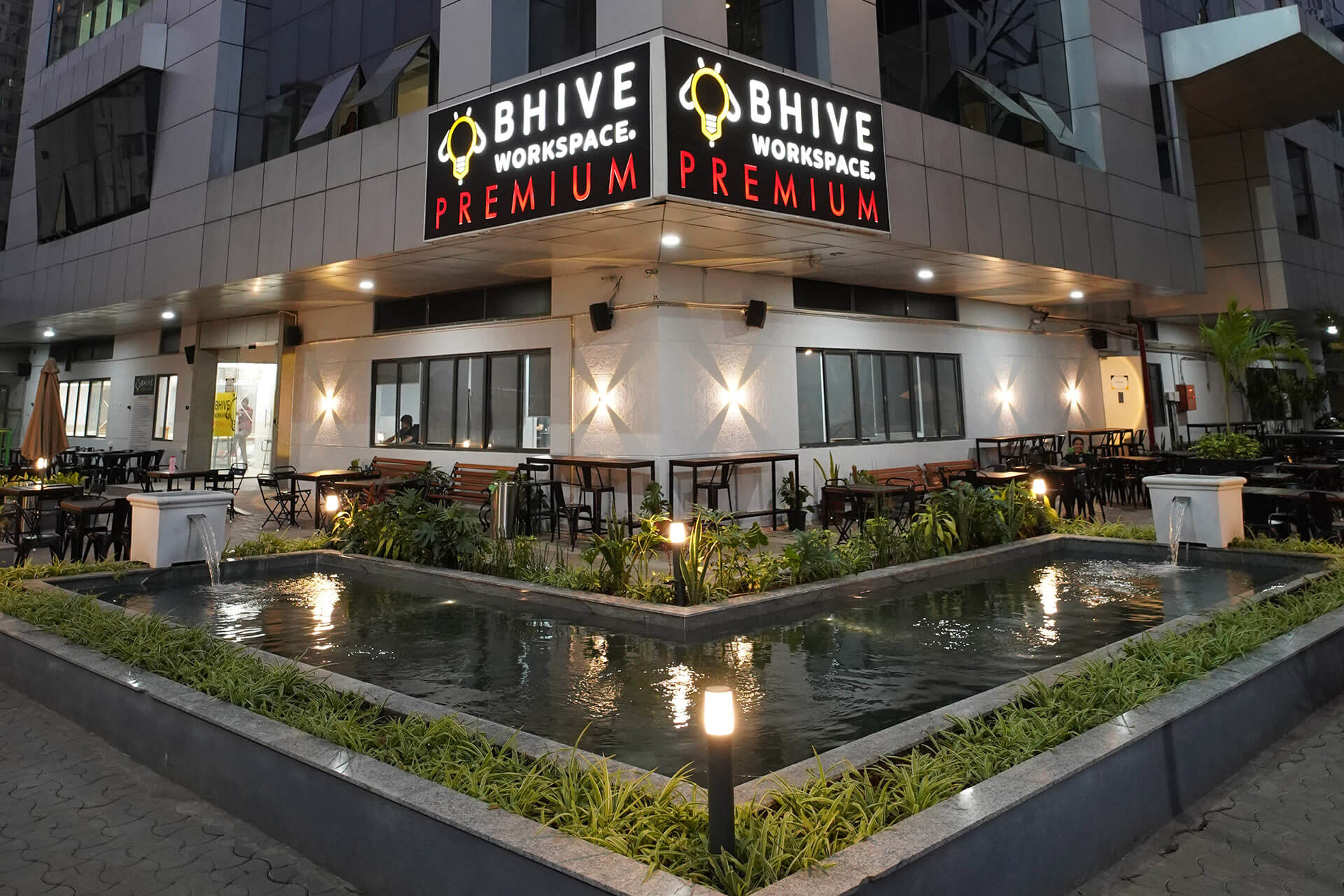E - PAPER
Future of Restaurant Design
Realty+ in conversation with Shilpi Sonar, Principal Interior Designer and Founder, CREATIONS How the Quick Service Restaurants (QSR) brand interiors will change in the next few years ? The
 BY
Realty Plus
BY
Realty Plus
Published - Thursday, 17 Dec, 2020

Realty+ in conversation with Shilpi Sonar, Principal Interior Designer and Founder, CREATIONS
How the Quick Service Restaurants (QSR) brand interiors will change in the next few years ?
There are a lot of QSRs in India for young professionals under the age of 25 working in different sectors and places far away from home due to constraints in the job market. QSRs have been quite helpful for restaurants during COVID as the entire dining experience has been removed and food is delivered on the doorstep and is a handy business model for quick food items. Big brand names are also adapting and catering to the larger delivery service game. There is a shift in the paradigm of how people work in the food industry.
The QSRs have existed for quite some time, but it only had two options - dine (which was more expensive) and take away (which was cheaper). This model has existed in other countries like the UK and the USA - which focuses on movement and circulation on the floor. Post-COVID, interiors are shifting to drive-thrus and other models of delivery - they are taking more online orders. The old concept of a drive-thru is booming due to the current circumstances. There is a waste of space for agencies since the number of people coming and sitting in the restaurant is limited and are shifting to alternative forms of dining. So, all those big areas will be essentially empty. All restaurants focus on the ratio of empty space to the number of seats. Now, they are catering to a larger audience, and they have to be spread out to accommodate social distancing. QSRs have a problem with queueing. There needs to be an integration of online ordering, cutting the need to pay at the counter, and collect it from space, thus, ending lines and waiting time. Secondly, cutting down on the expenses and spaces based on less footfall will not be a good idea. It has to balance out with other expenses. Either we completely change the meaning of QSRs or we change the interiors fully because it is working at a reduced capacity. It is a shift we have never seen before and it is too fresh for us to comment on right now. But the model has to integrate digital orders with delivery. There needs to be a segregation of spaces with the incorporation of individual pods or booths.
How the new dine-in restaurant would differ from the present traditional layouts ?
There are new ways in which you can interact directly with the food you order sitting from your table itself with small interactive devices like touch screens and cameras that detail how your food is being prepared in the kitchen. Restaurants need to capitalize on the increased consumer awareness about the sourcing and the cooking of foods and should cater to that. Open kitchens are also in vogue, in that the patrons can see what is going on in them even if they are getting food through a drive-thru or are passing by. Five-star restaurants do not care about the number of patrons and so, it is well-spaced out, whereas small restaurants care about the number of people coming in because it is their main source of income. As social distancing increases, their profits will reduce as the sitting area will be reduced. We as designers need to ensure that they have enough profits and not lose money due to poor design. There is also a rising trend to segregate sitting spaces vertically, due to a lack of space.
The new design language is developing in terms of restaurant landscapes from eating pods to antimicrobial materials.
Pods help in the segregation or division of spaces. Materials are also very important because different viruses have different lifespans on different surfaces. UV light will kill the viruses on the surfaces which will stay longer. We are yet to understand how it responds to materials, light, or temperature. People fail to understand that even though the materials are anti-microbial, it is people who transmit the disease. We need to focus on how we need to socially distance and not only rely on antimicrobial surfaces. Interiors and architecture have to be designed with people in mind which limits human to human transmission while maintaining a human connection.
Which design transformations are a short-term fad and which changes are a long-term trend ?
Short term fads are the distant table layouts. In a country like India, it is very much likely that citizens will go back to their old patterns of movement even if the pandemic persists. It is far-fetched to think that India will stay socially distant for a long time period. Long term trends include the technology behind food ordering services like Swiggy and Zomato, which are here to stay. The waitstaff will be reduced dramatically for hygiene and safety reasons. Patrons will have to be more self-sufficient, and self-dependent. Self-catering pods will also be here to stay. There has to be a use of biodegradable materials. Previously, luxurious furniture was single-use and they have to be replaced with reusable materials like bamboo.
RELATED STORY VIEW MORE
NEWS LETTER
Subscribe for our news letter
E - PAPER
-

CURRENT MONTH 
LAST MONTH















